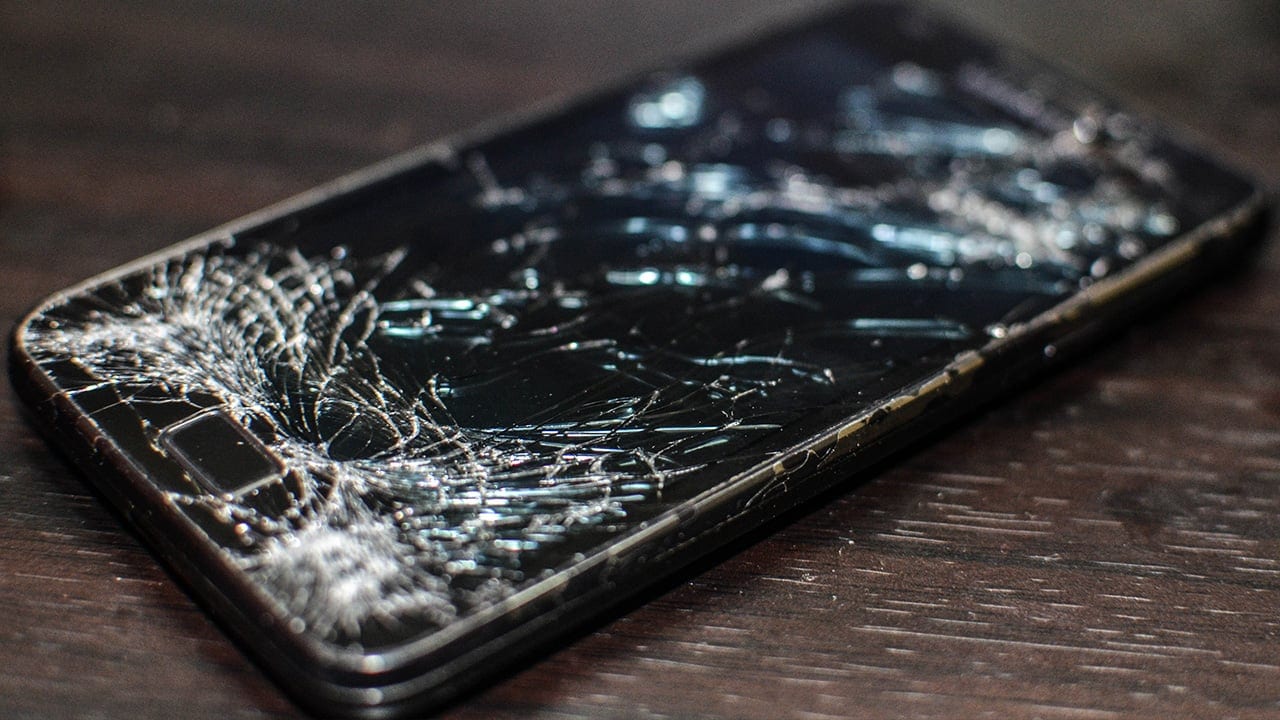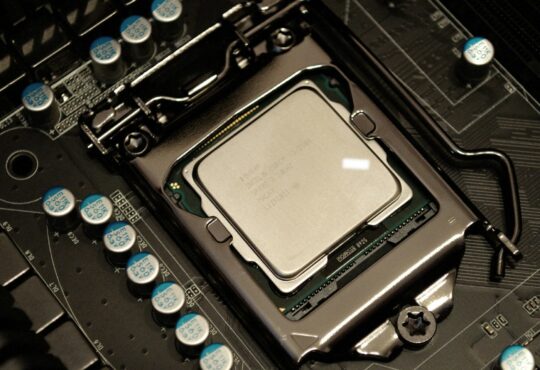Gorilla Glass isn’t just any ordinary glass; it’s a marvel of modern engineering, designed to withstand the scratches and bumps that tough jobs are sure to deliver. It often goes unnoticed yet plays a pivotal role in ensuring durability and longevity. But what exactly is Gorilla Glass, and why has it become the gold standard in the tech world?
What is Gorilla Glass
Gorilla Glass is a brand of chemically strengthened glass developed by Corning, a company renowned for its expertise in specialty glass, ceramics, and optics. Corning has been around for a long time and the company is behind several life-changing products. Among other things, they supplied the glass for Thomas Edison’s first light bulbs. Their glass is used in everything from life science products to optical fiber but it’s the Gorilla Glass that has truly cemented their reputation in the tech industry.
Almost 6 billion electronic devices worldwide are protected by Corning Gorilla Glass, making it a widely used and trusted product. Its primary function? It is incredibly durable and retains its strength, ensuring resistance to scratches, damage, and drops. For instance, Gorilla Glass 6, one of its latest iterations, can withstand up to 15 drops onto a rough surface from 1,6 meters of height.
The creation of Gorilla Glass
The inception of Gorilla Glass is as intriguing as its capabilities. It was Steve Jobs, the visionary behind Apple, who approached Corning with a request for a scratch-resistant and durable glass cover for the iPhone. Responding to this challenge, Corning combined fusion technology and glass-strengthening techniques to develop a glass that was both stronger and more durable than anything available at the time.
This innovation didn’t just happen overnight. Corning’s ability to adapt and innovate stems from its expertise in merging different technologies and applying them to new markets. The result? A glass that’s not just tough but also aesthetically pleasing, ensuring our devices look as good as they perform.
Types of Gorilla Glass: An Evolutionary Timeline
Over the years, several iterations of Gorilla Glass have been introduced, each designed to address specific needs and challenges in the tech industry. A lot has happened since Corning created the first version of Gorilla Glass for Apple and the new versions are vastly superior, ensuring some serious ruggedness.
- Gorilla Glass (Original): The pioneer that set the standard for damage resistance in the tech world.
- Gorilla Glass 2: A thinner version of its predecessor, it allowed for more streamlined device designs without compromising on strength.
- Gorilla Glass 3: Introduced ‘Native Damage Resistance’ to reduce the visibility of scratches and enhance overall glass strength.
- Gorilla Glass 4: Specifically engineered to address glass shattering upon impact, it offered double the drop performance of Gorilla Glass 3.
- Gorilla Glass 5: Elevated drop resistance, capable of surviving falls from up to 1.6 meters.
- Gorilla Glass 6: Known for its enhanced durability, it can withstand multiple drops, making it a top choice for modern devices.
- Gorilla Glass Victus: A leap in performance, Victus boasts superior scratch resistance and drop performance, setting a new benchmark in the industry.
- Gorilla Glass Victus 2: Building on the foundation of Victus, Victus 2 offers even greater resilience against everyday wear and tear, ensuring devices remain pristine for longer.
- Gorilla Glass DX and DX+: Tailored for wearables, these variants prioritize optical clarity and scratch resistance, ensuring our smartwatches and fitness trackers are both functional and fashionable.
This list showcases a relentless pursuit of innovation, with each version of Gorilla Glass pushing the boundaries of what’s possible in the realm of rugged tech. The continued evolution has made sure that Gorilla Glass has remained the gold standard for any rugged device.
Changing the tech industry
Before Gorilla Glass, the tech industry grappled with fragile screens that were susceptible to scratches and breaks. The introduction of Gorilla Glass revolutionized the smartphone industry. Devices became more resilient, reducing the need for frequent repairs or replacements due to screen damage.
For rugged computers Gorilla Glass, with its superior durability, has made sure the screens can match the rest of the device. Using the latest versions of Gorilla Glass ensures a longer life and lower costs long-term.
In the world of rugged computers and tech devices, Gorilla Glass stands out as a beacon of innovation and durability. Its impact on the industry is undeniable, transforming our devices from fragile gadgets to robust companions. So, the next time you’re in the market for a new device, make sure to look for a rugged computer with Gorilla Glass.





